I spent the first four days of my Golden Week (spring break in Japan) traveling around Hong Kong and Macau. I don’t know how much longer I’ll be in Asia so I want to travel both in and outside of Japan as much as possible.
Hong Kong
While I’ve been able to get in touch with my Japanese side during my time here I figured it was time to check out my mom’s roots in Hong Kong.
It was strange finally being able to understand what people were saying for the first time in nearly two years. After living in Japan I’ve been able to pick up a bit of the language, but learning a new language is just as much work as it sounds. I don’t always know what people are saying in Japanese, but if I do it’s just a vague understanding.
In Hong Kong, suddenly I was able to comprehend the majority of what was happening around me, and not in my mother tongue. It was an interesting experience to be able to understand the language but not be in America at the same time.
Producing the language was a different situation. I don’t know about others, but telling my brain to switch languages takes a bit of time. In Hong Kong, I heard everything in Cantonese and understood a good amount of it, but for some reason, the only responses I could produce were in Japanese. The same thing happened when I first arrived in Japan; I responded to questions in Cantonese or even Spanish. And people in Hong Kong speak more English than those in Japan.
I often forget that my native language, English, is the most useful anywhere I travel compared to the other languages I know bits and pieces of. But since I’m in another country, my brain automatically assumes “new country, use a different language.” Get it together, brain.
Anyway, here are the highlights of my trip.
Victoria Peak
We were lucky enough to see a clear view of Hong Kong’s famous skyline at night and she was definitely a beauty. Hong Kong is unlike any other city I’ve visited in terms of diversity and architecture. Especially architecture. Since land is limited, everything is built vertically and skyscraper apartments are the norm. It was stunning to see all of this from up high.
Side rant: kids and their damn selfie sticks. Selfie sticks everywhere. I’ve never seen so many at one time before. Youths. Now that that’s out of the way…
Going up and back down we took The Peak Tram. I was unprepared for the steep climb up to The Peak for several reasons. Obviously the fact that we were in a cable car gave me all the warm and fuzzies about being back home in the Bay. But then we started going up the hill at an angle somewhere between “San Francisco” and “rollercoaster” and the high-rises next to us turned perpendicular as if we were in a funhouse. Everyone was pushed back into the harnessless seats, because gravity, and all we could do was listen to the slow heaving ticks of the tram toil its way up the hill. I was so turned around but it was worth it.
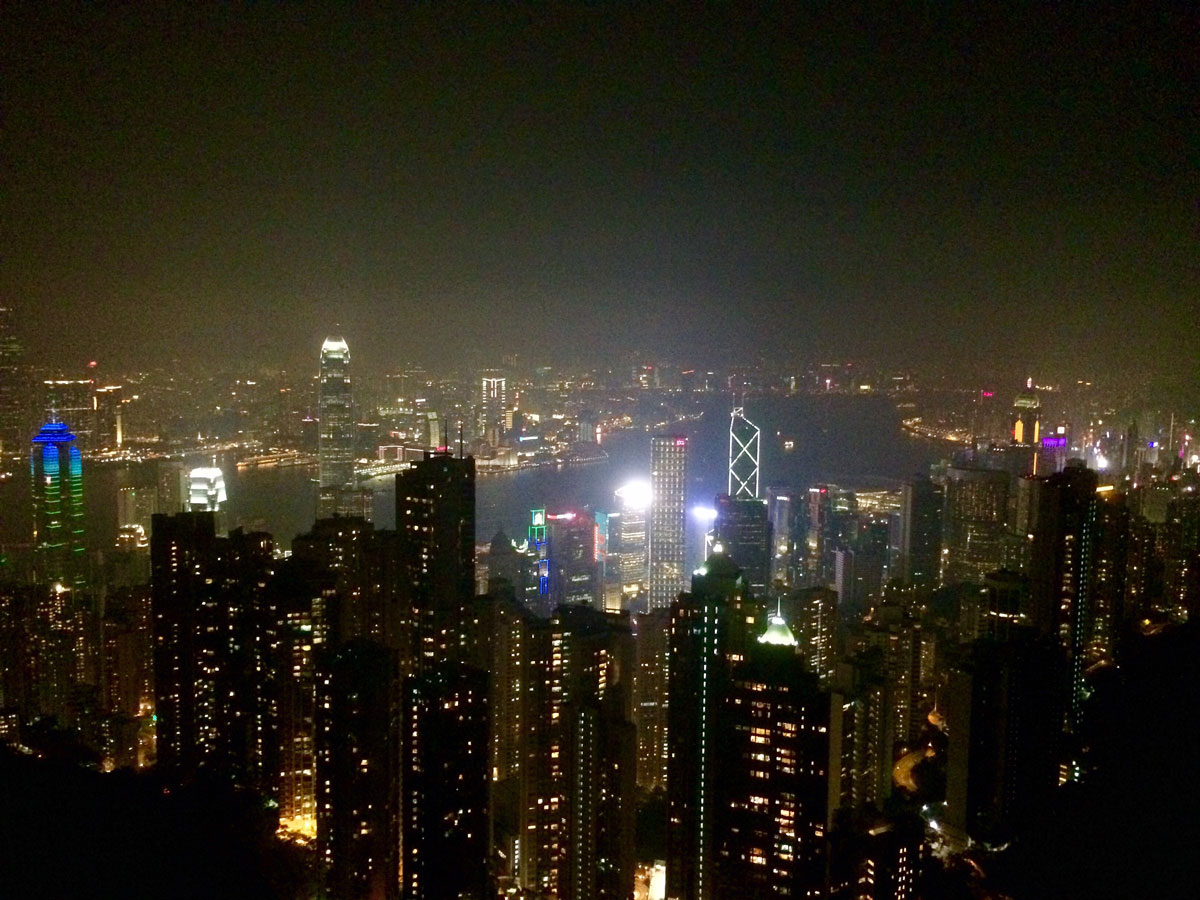
Lantau Island: Ngong Ping
Ngong Ping 360 Ropeway
Ngong Ping 360 is the mother of all ropeways. To every other ropeway: sit down and take notes. Spanning 5.7 km, Ngong Ping connects Lantau to the central Hong Kong area in a 25-minute ride through the sky over hills and water.
The best way to take it all in is via the Crystal Cabin which has a glass bottom. If you’ve ever wished for Willy Wonka’s glass elevator to be a reality, look no further. The panorama views are breathtaking but staring down at the earth below you is something else.
Tian Tan Buddha (Big Buddha)
Knowing that my trip to Hong Kong was short, I only had two things on my to-do list: eat good food and visit the Big Buddha. The Tian Tan Buddha statue is 34 meters tall and takes a 268 step climb to get to. Like many other sightseeing places, seeing it in person was much more impressive than the photographs let on.
Po Lin Monastery
The Po Lin Monastery is a short walk from the Big Buddha’s base. I went to it mainly because it was close by and I didn’t expect much. It turns out this was probably one of my favorite memories from the trip. The outer halls, buildings, and altars are pretty standard, but the gem is in the main temple.
When I arrived there was a Buddhist ceremony in progress and it was my first time experiencing such an event. There were at least 50 people and monks in the temple who were praying. Although I couldn’t understand what they were chanting or singing, it still sounded so beautiful.
Three floor-to-ceiling statues in the front were completely gold. The simple design of the room highlighted the statues’ luminousness.
There was a strict “no photos” policy and I think that added to the experience. Everyone was taking in what was in front of them fully and not distracted with capturing the moment for later.
I’m glad that policy was there, especially in the main hall where people were worshiping. I always feel a little bad that religious areas like this are open to the public for sightseeing, but even worse when people are actually worshiping and tourists are running around taking pictures at the same time.
Paradise Dynasty Times Square
While wandering around Times Square, a colorful photo of dumplings advertised for the restaurant Paradise Dynasty caught our attention. Intrigued, my friend and I decided to check it out, and it was everything our stomachs could’ve ever imagined.
We ordered the colorful dish which turned out to be the restaurant’s signature dish– an eight piece xiao long bao (steamed soup dumpling) set with eight unique flavors: original, ginseng, foie gras, black truffle, cheese, crab roe, garlic, and Szechuan. Sweet, savory, spicy, and everything in between. It was delicious and non-traditional, just the way I like life.
Avenue of Stars: Victoria Harbor Waterfront
We spent a good hour walking around the waterfront and watching the sunset. We stayed to watch the daily light show, A Symphony of Lights, but were disappointed by the underwhelming performance. Maybe if we’d seen the show from a ferry it would’ve been more interesting, but from the Avenue of Stars we could only see the half of the lasers from the buildings in front of us which wasn’t very impressive.
Waterfront: 1, A Symphony of Lights: 0.
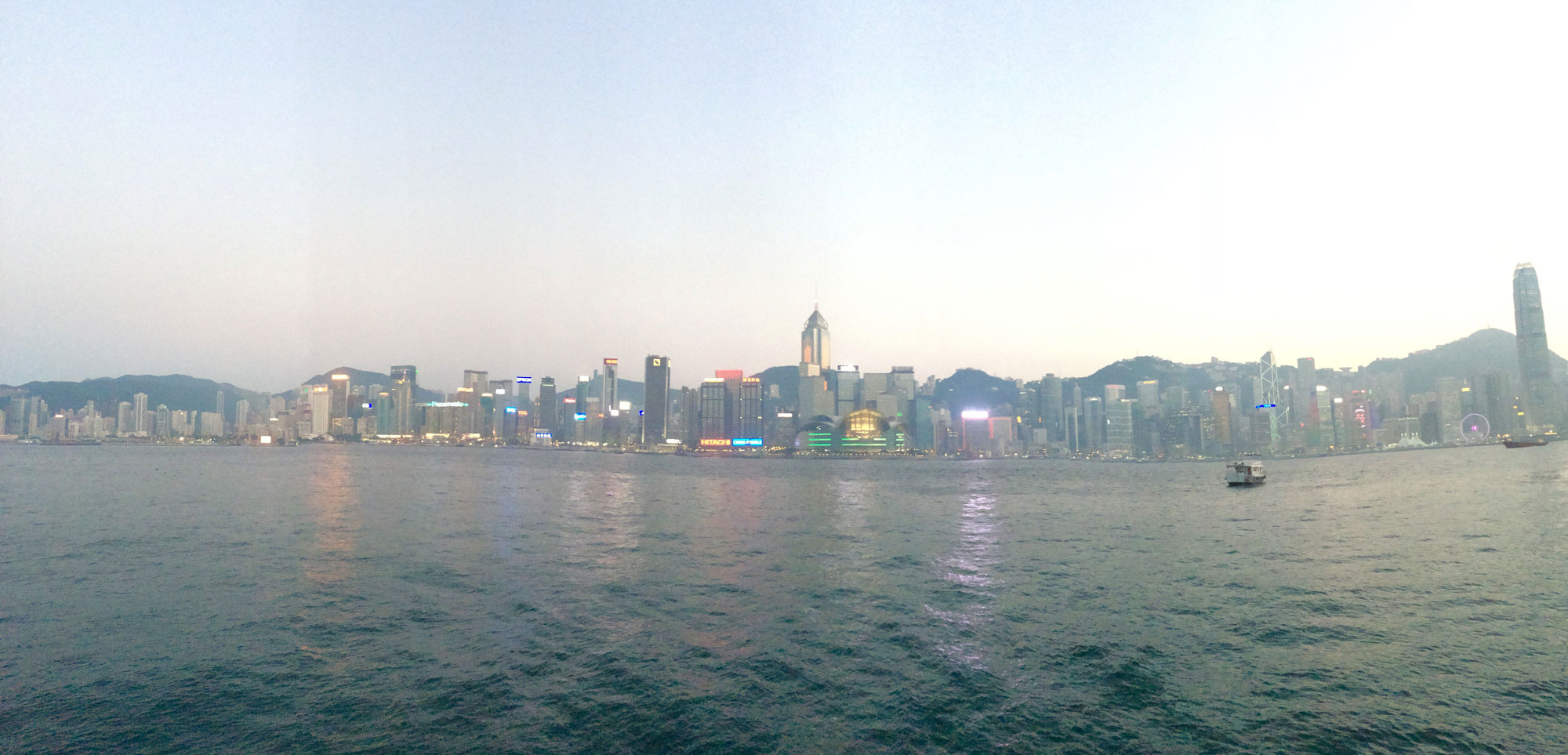
Mei Foo Station: Visiting my mom’s old neighborhood
I’d been in contact with my mom’s cousin during my visit and she gave me the idea to see my mom’s old neighborhood. It was a little far on the subway but it was worth it. Even though I was only in the area for a couple of hours, I enjoyed just seeing the area for myself. I’m a big believer in knowing your roots, however big or small, so this was a satisfying way to end my trip.
Before I came to Japan I knew I wanted to learn more about my Japanese side, but I never thought I’d end up in Hong Kong and the neighborhood where my Chinese family used to live. If I don’t get anything else out of my time abroad then this was worth it.
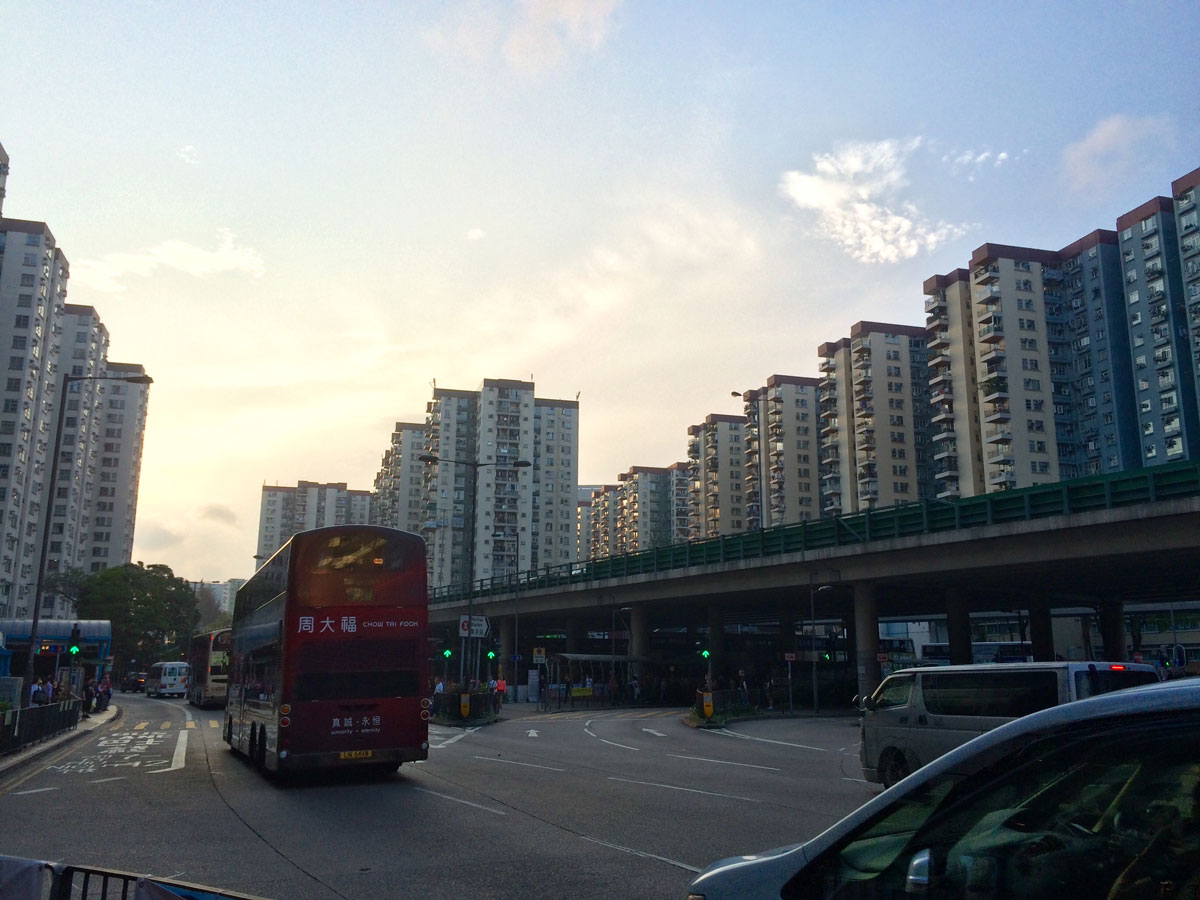
Paisano’s: Home of the Giant Pizza Slice
On the last night, I stopped by Tsim Sha Tsui and walked around where I stumbled upon Paisano’s, the best pizza I’ve had since coming to Asia. The tagline for this eatery is “Home of the Giant Pizza Slice” and for good reason. Their slices are humongous New York style and easily three to four times the size of Japanese style pizza. The pizza options are hearty and full of toppings. I had a hard time choosing between the Bacon Cheeseburger (you can guess what heavenly toppings were included) and The Godfather, but I went with the latter which included ham, Italian sausage, pepperoni, and onions.
Japanese pizza is the worst: it’s small, light, sparse, and expensive. A year and a half in Japan without decent pizza gave me a better appreciation for this eatery, not that I wasn’t already taken with it. For nearly the same price as a trivial Japanese slice, you can indulge your gluttonous desires and go crazy at this Hong Kong pizza royalty. Well done, Paisano’s. Well done.
Macau
I took a quick day trip to Macau, which is about an hour away from Hong Kong by ferry. This place was crazy insane with aggressive gramps pushing each other as they ran off the boat and into the casinos, busy traffic, selfie stick owners, and humid weather.
But what I found the most interesting was the mix of Portuguese and Chinese cultures blending together in architecture and language. I can’t read 99% of written Chinese, but understanding the signs in Macau was slightly easier due to some similar words in Spanish.
Ruins of St. Paul’s
My main reason for visiting Macau was to see the Ruins of St. Paul’s, a multicultural symbol of coexistence. Originally a college built in the early 1600s and destroyed in 1835 by a fire, all that remains is the façade which encompasses Macau’s universal values. The motifs on the iconic acropolis of Macau include biblical and mythological representation as well as Chinese characters, Japanese flowers, and various European influenced elements “in an overall composition that reflects a fusion of world, regional and local influences.”
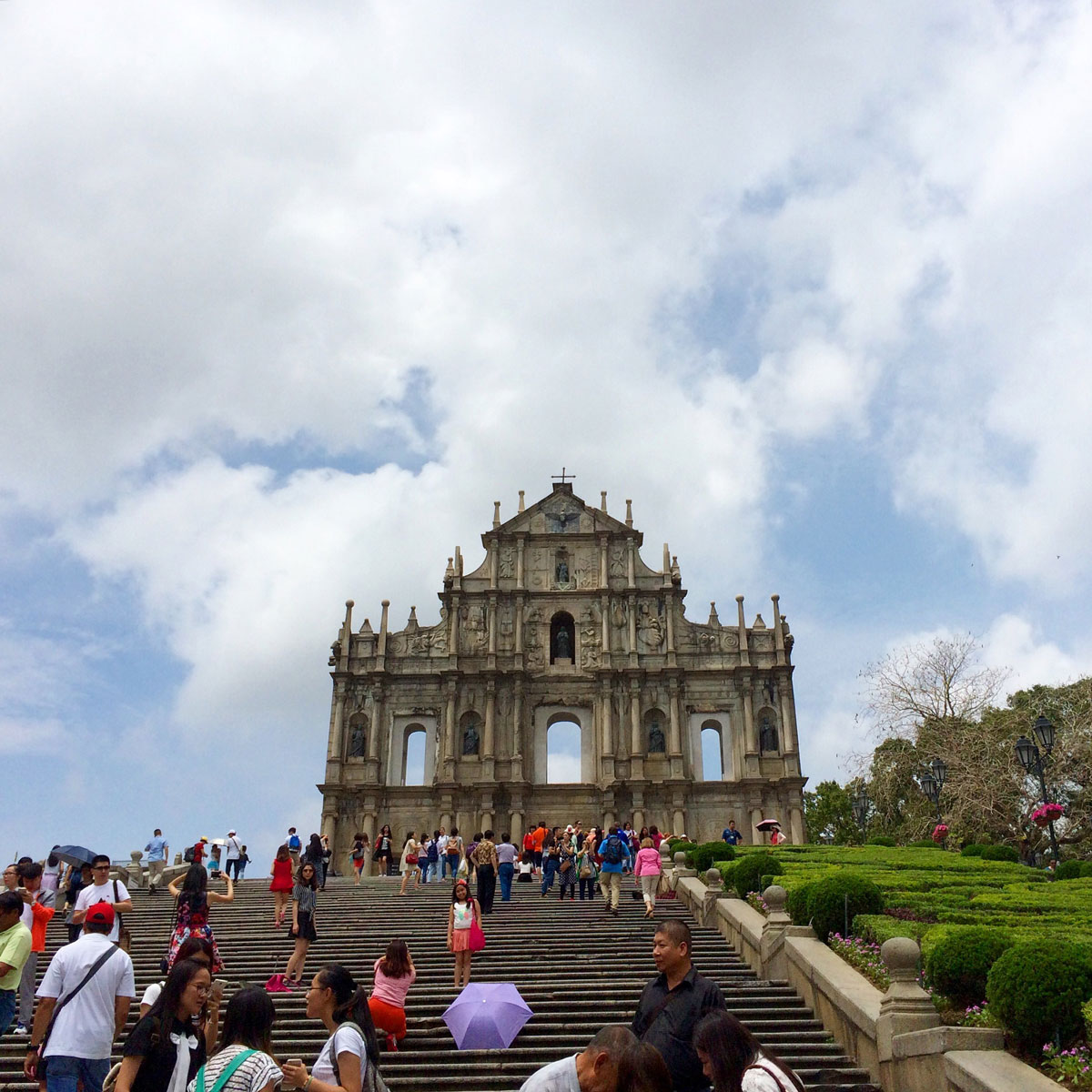
Jardim Luís de Camões (Camões Garden)
After visiting the Ruins of St. Paul’s and not knowing where to go next, I followed a sign that led me to Jardim Luís de Camões, a quiet park in the midst of the busy Macau city center.
This park is named after Luís de Camões, Portugal’s legendary poet. The sculpture and fountain at the entrance to the park is titled “Embrace” and celebrates the friendship between China and Portugal.
—
I don’t know when or if I’ll get a chance to go back to Hong Kong or Macau, but they’re definitely interesting and unique places I’ll never forget. I loved the universality and mix of cultures. Experience it– it’s unlike any other.
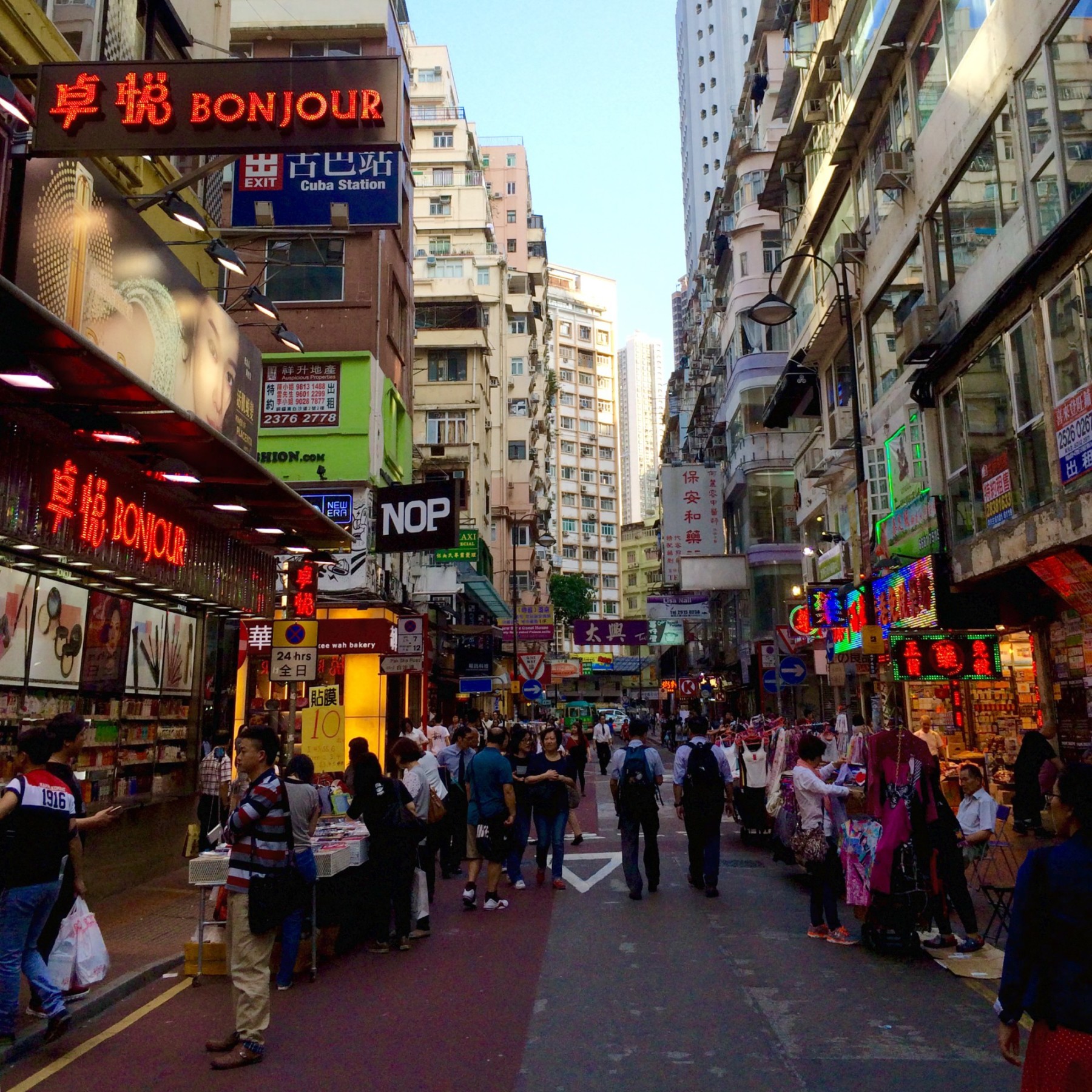
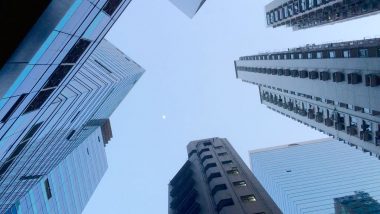
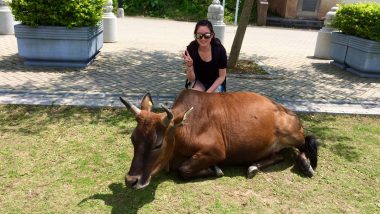
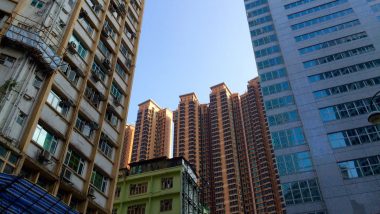
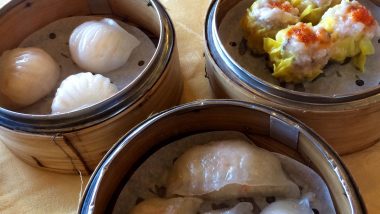
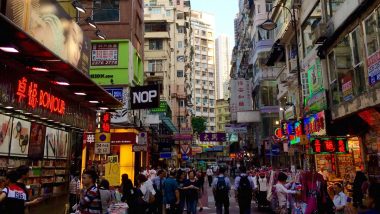
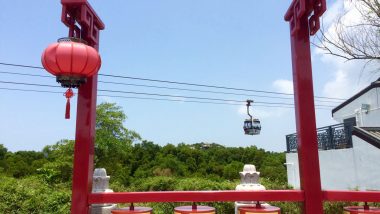
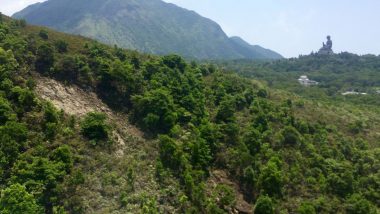
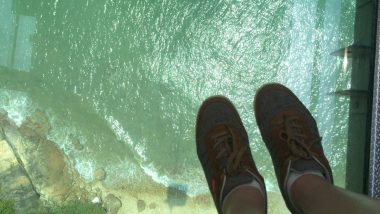

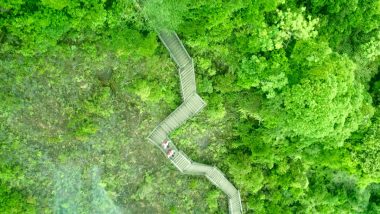
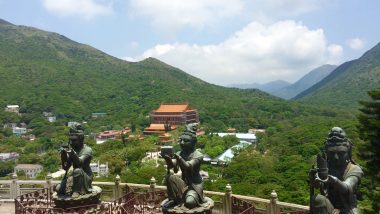
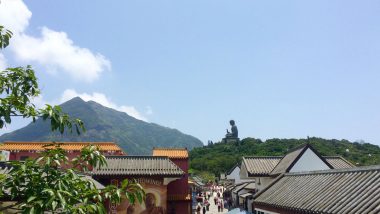
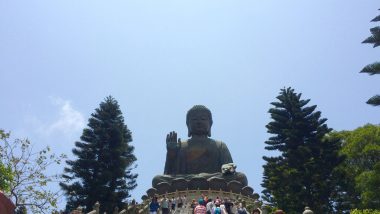
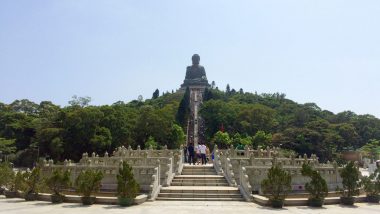
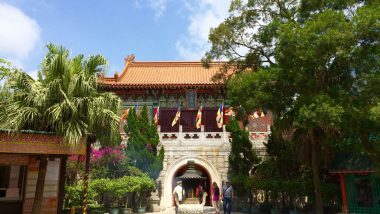
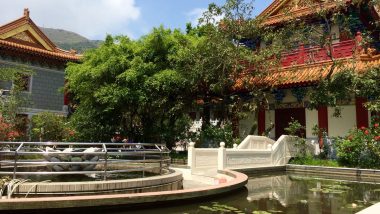
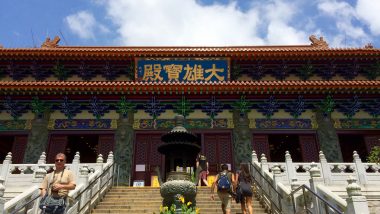
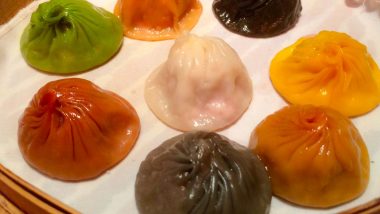
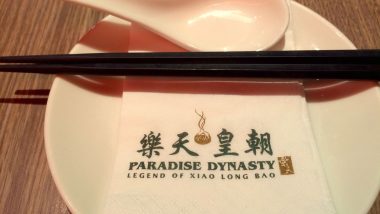
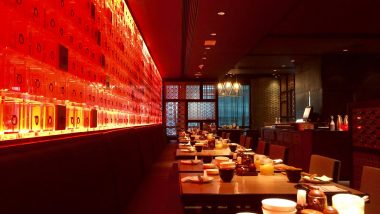
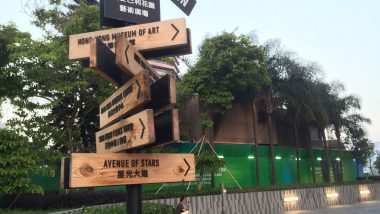
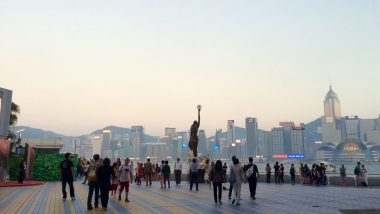
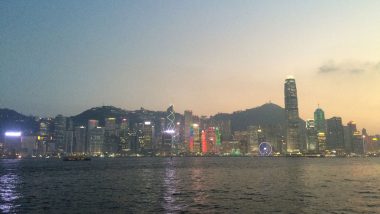
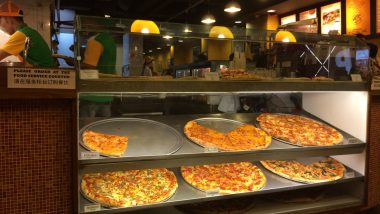
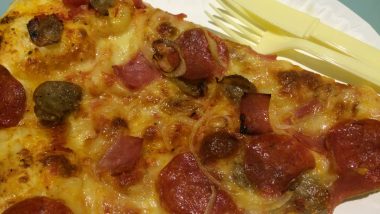
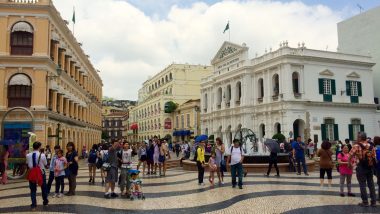
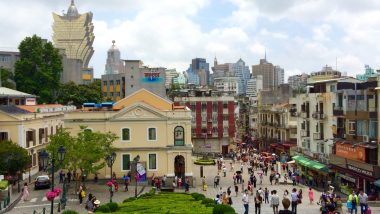
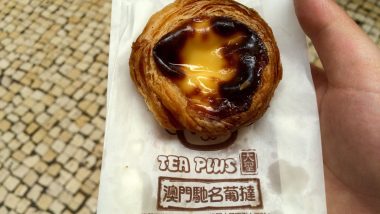
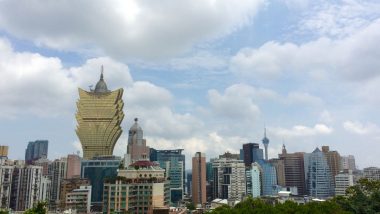
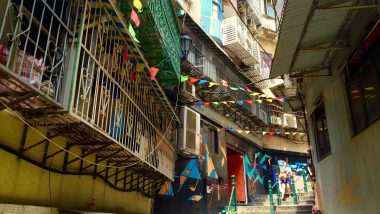
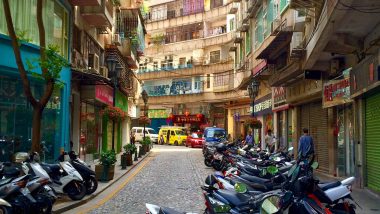
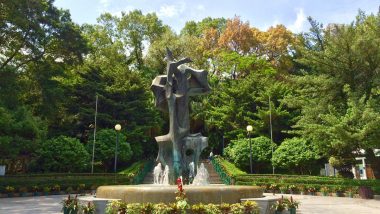
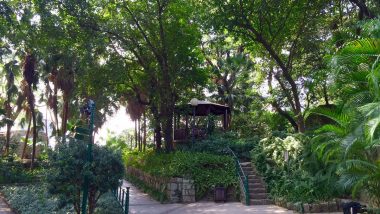
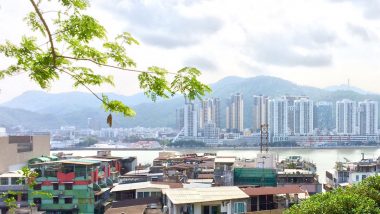
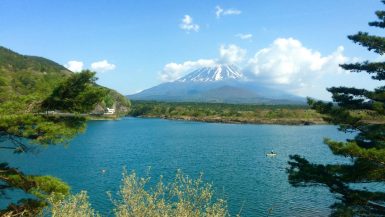
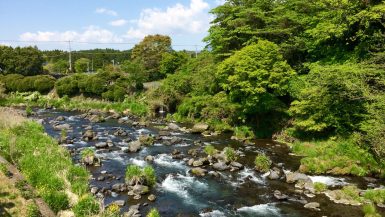
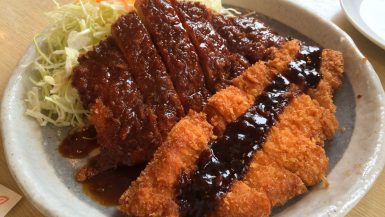
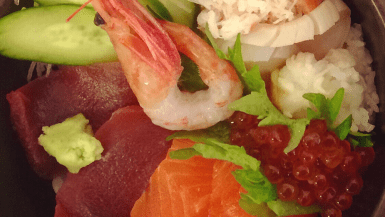
Leave a reply